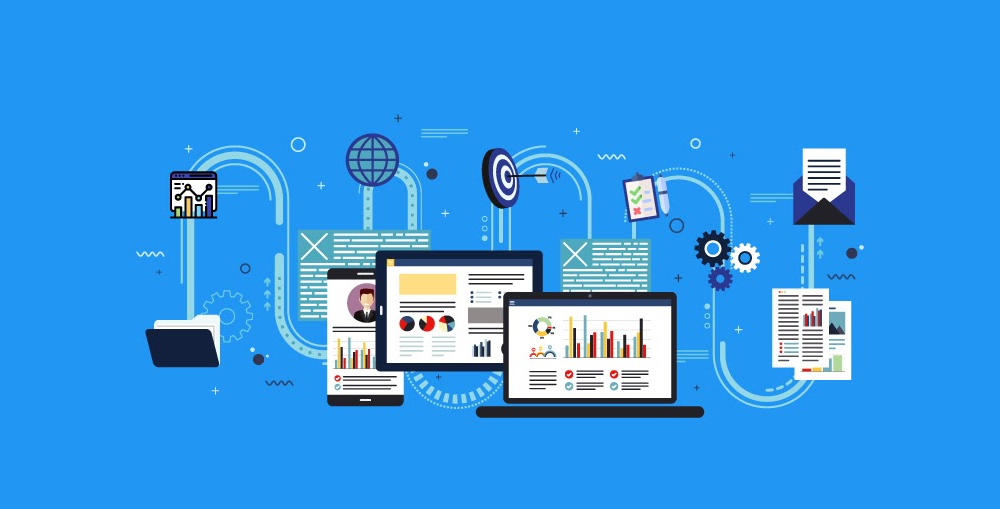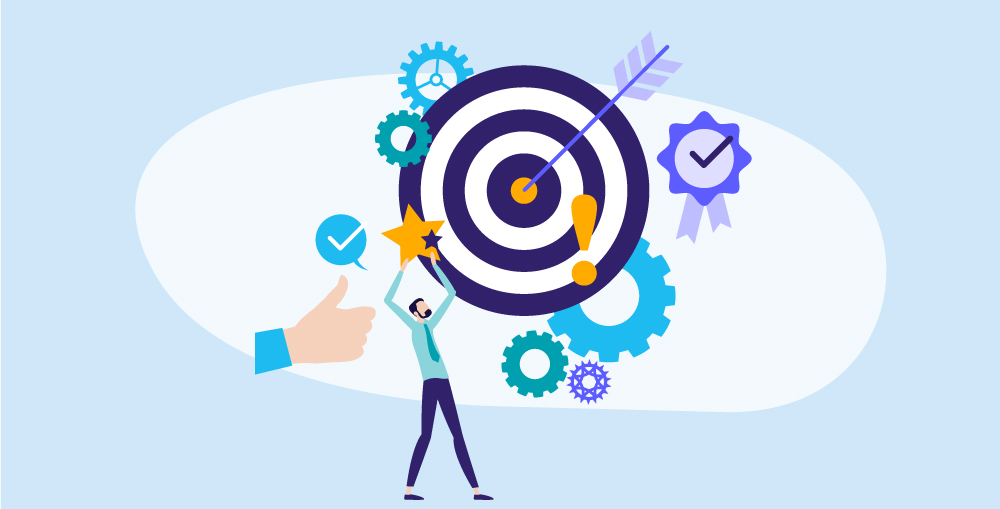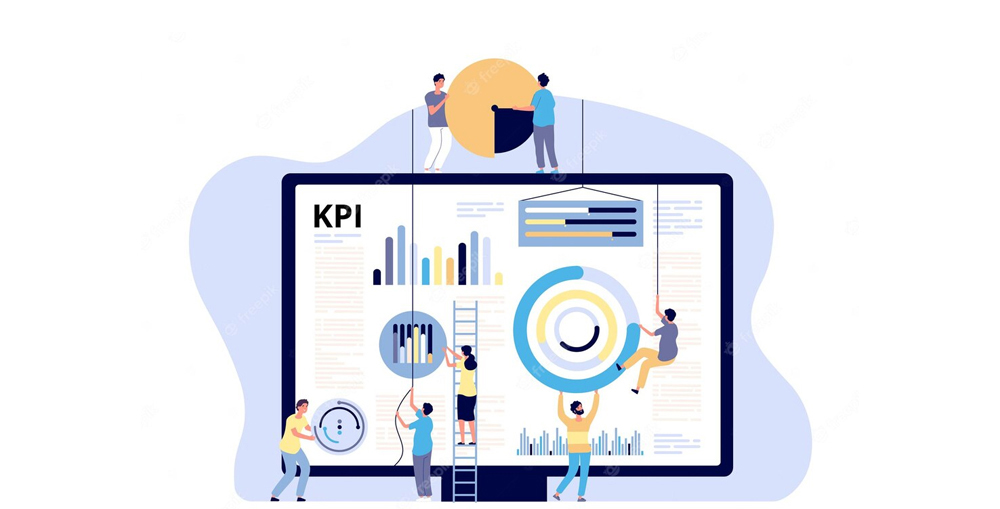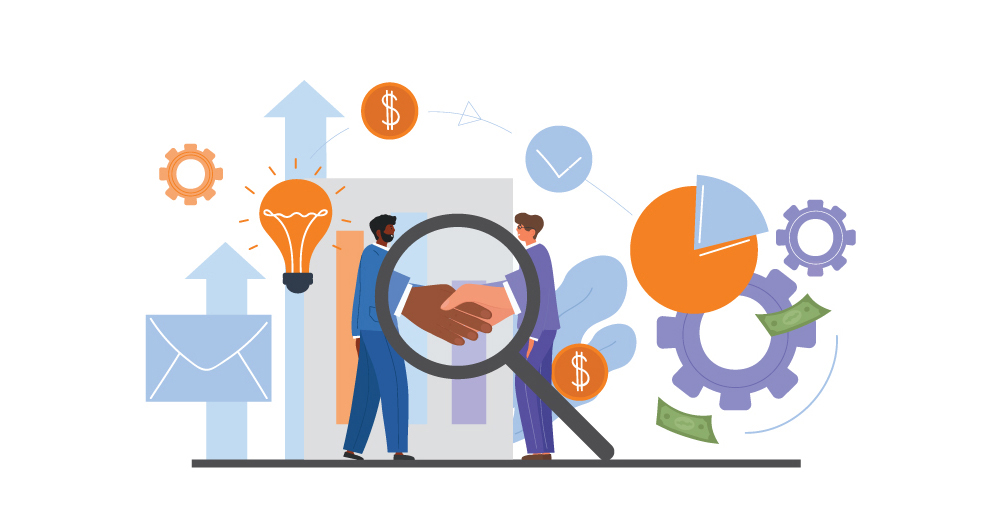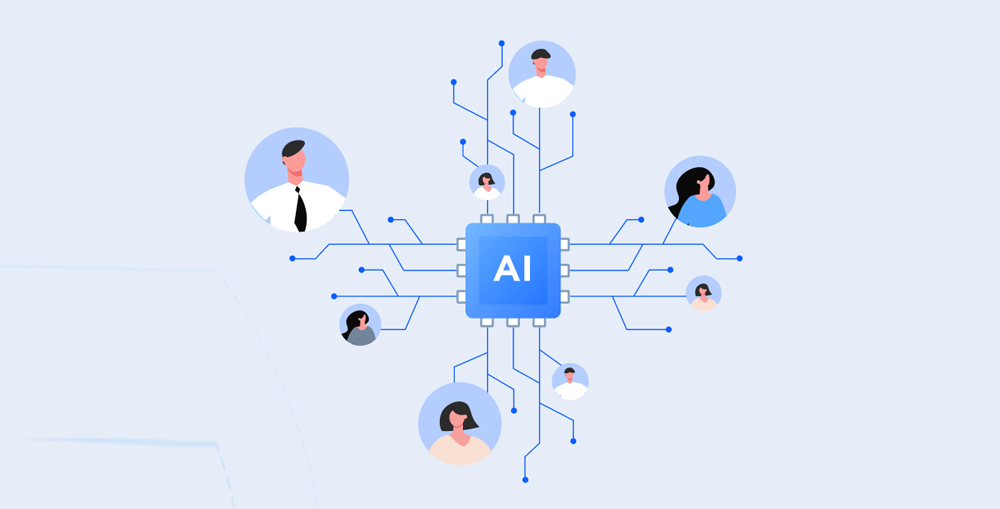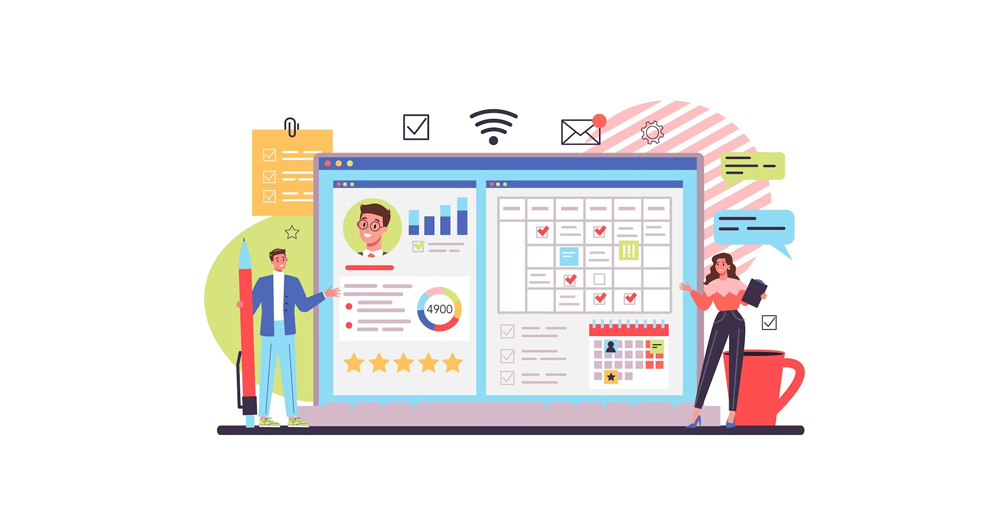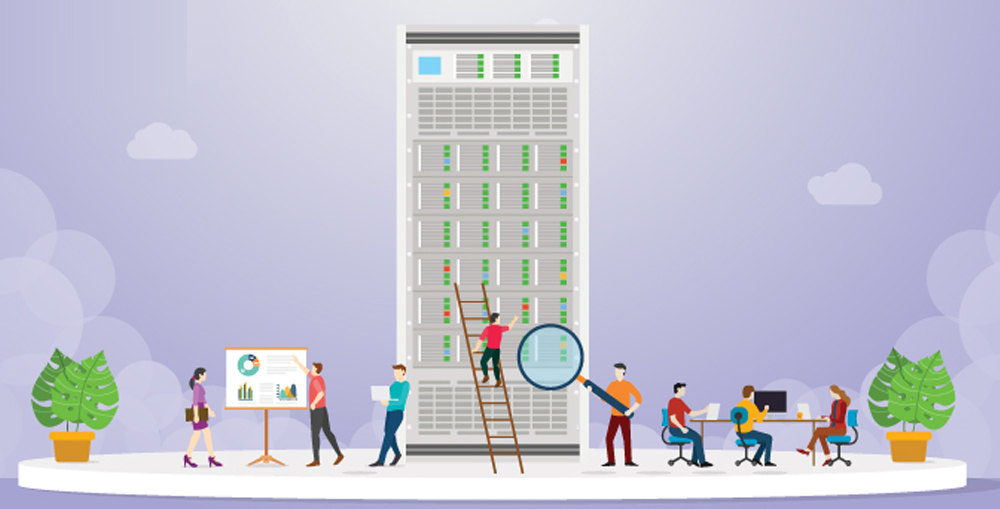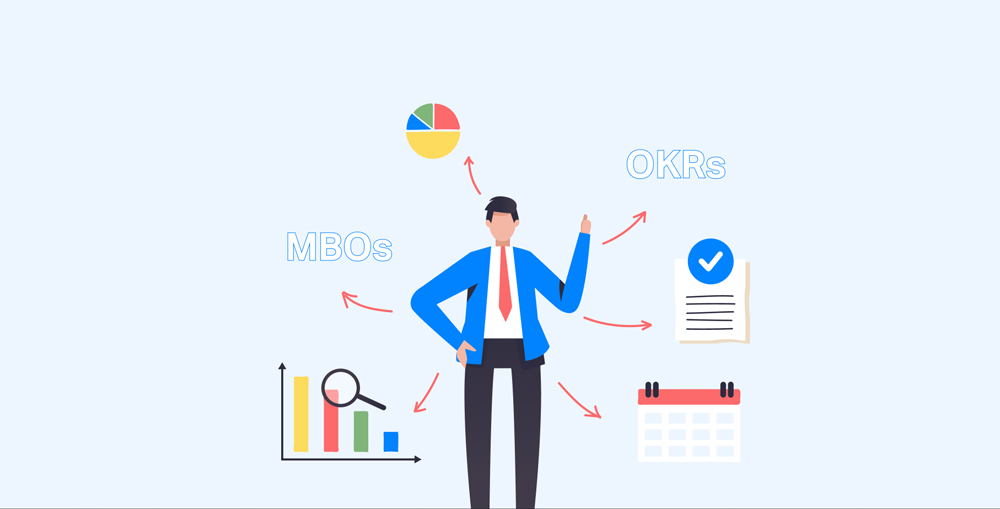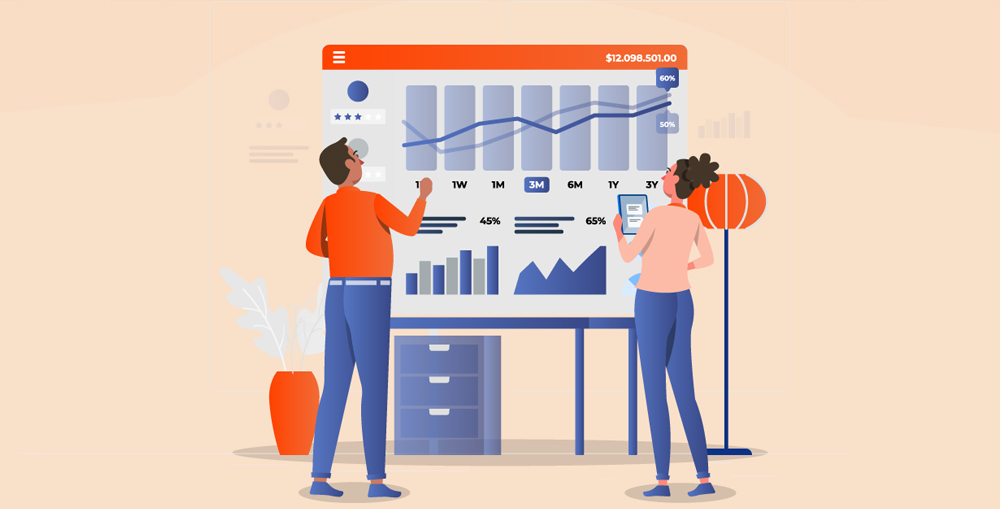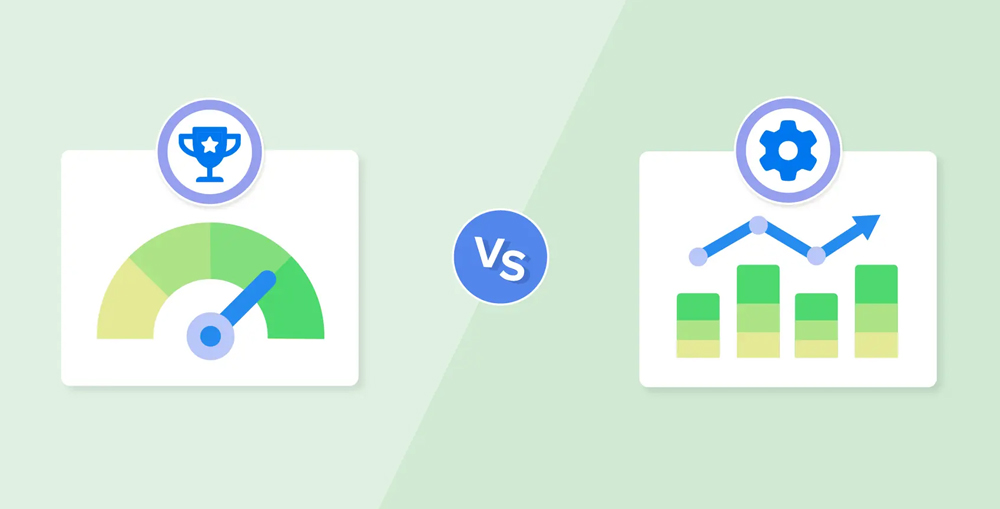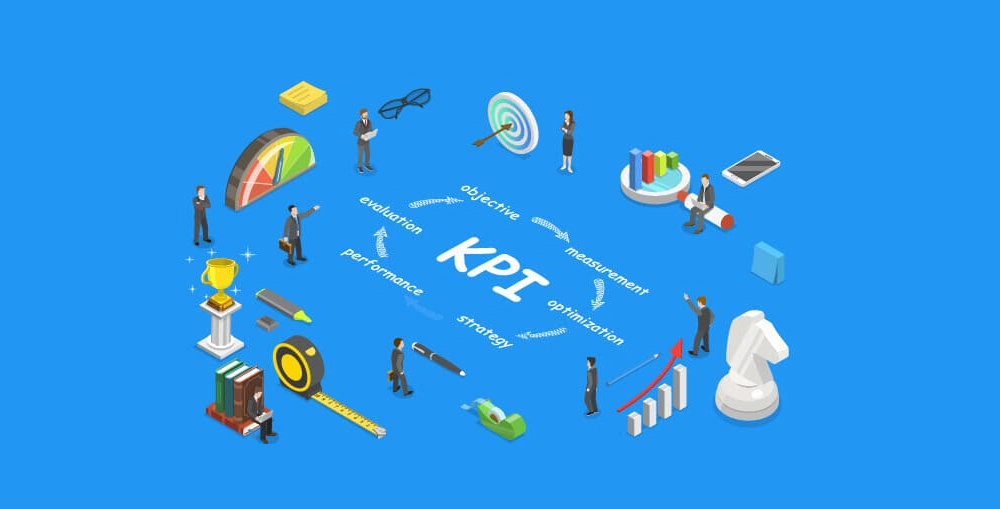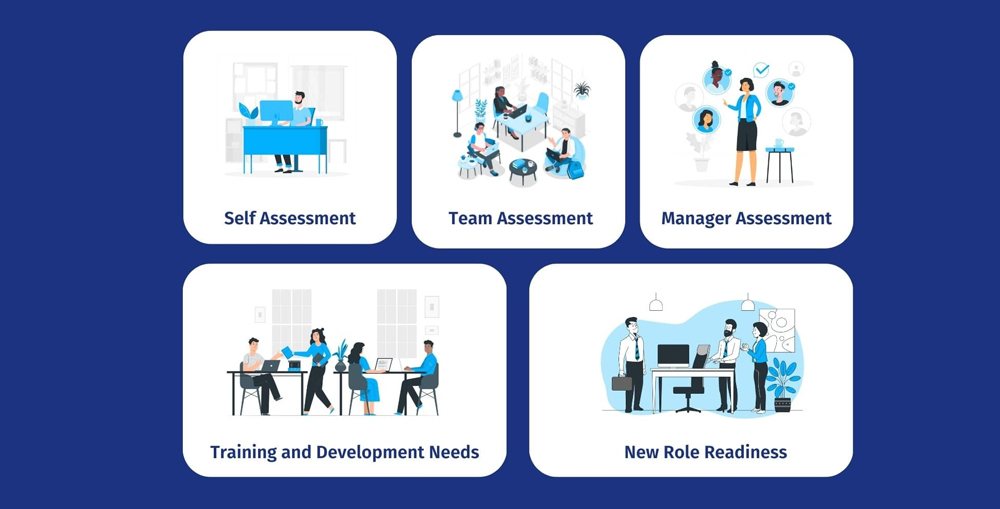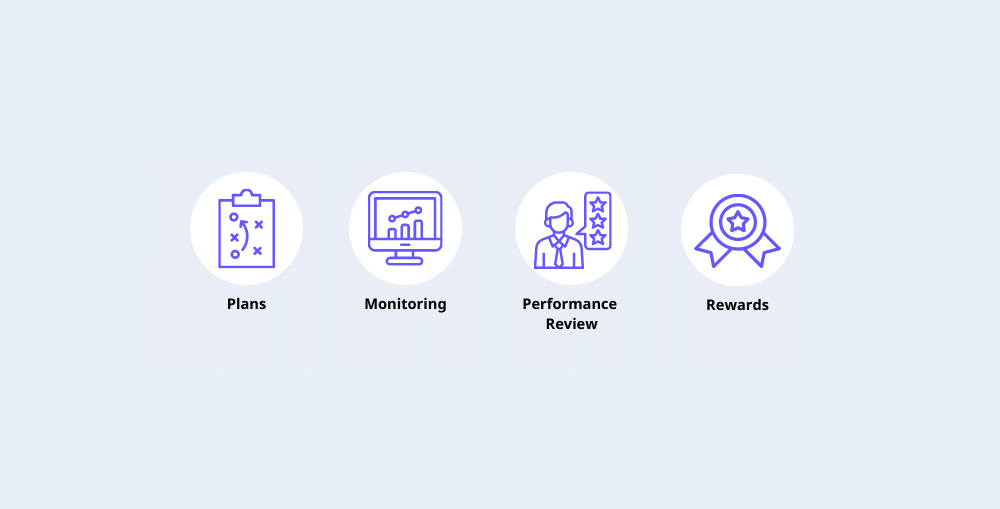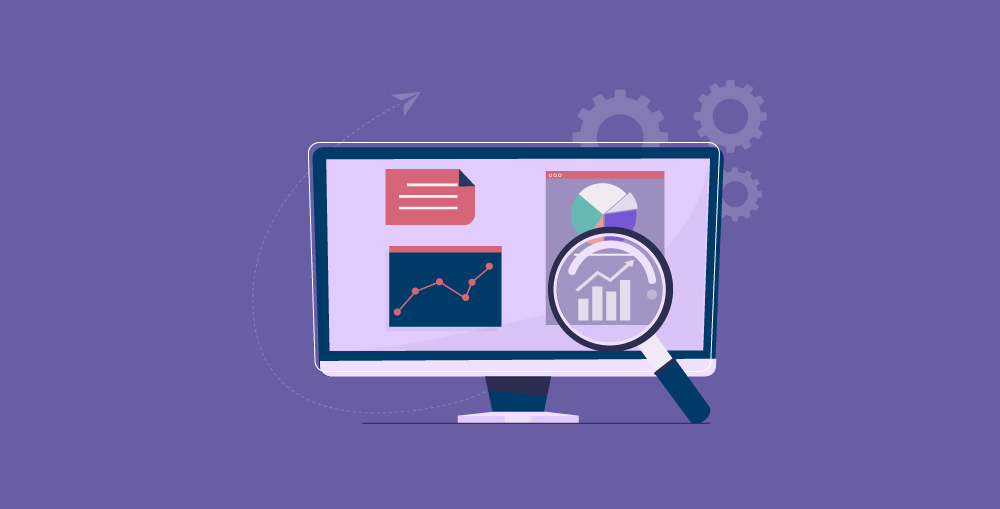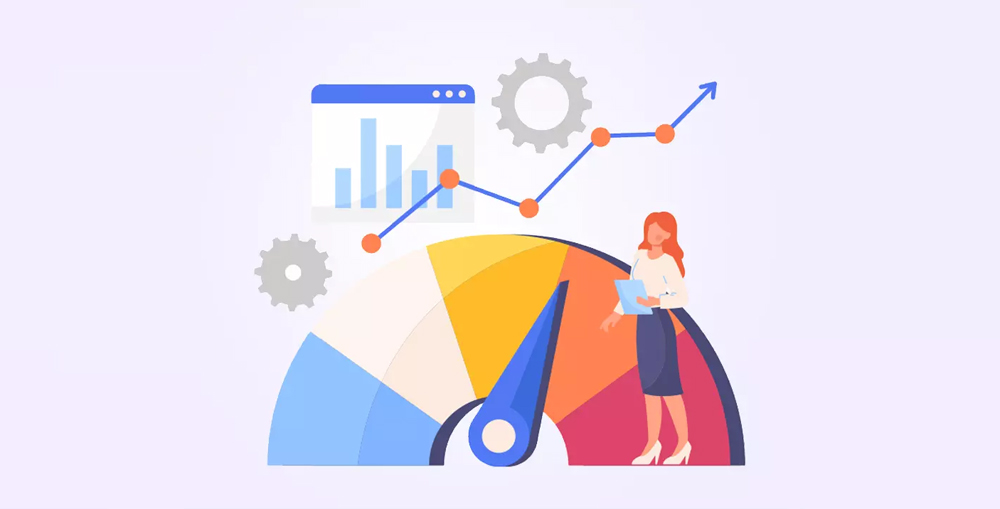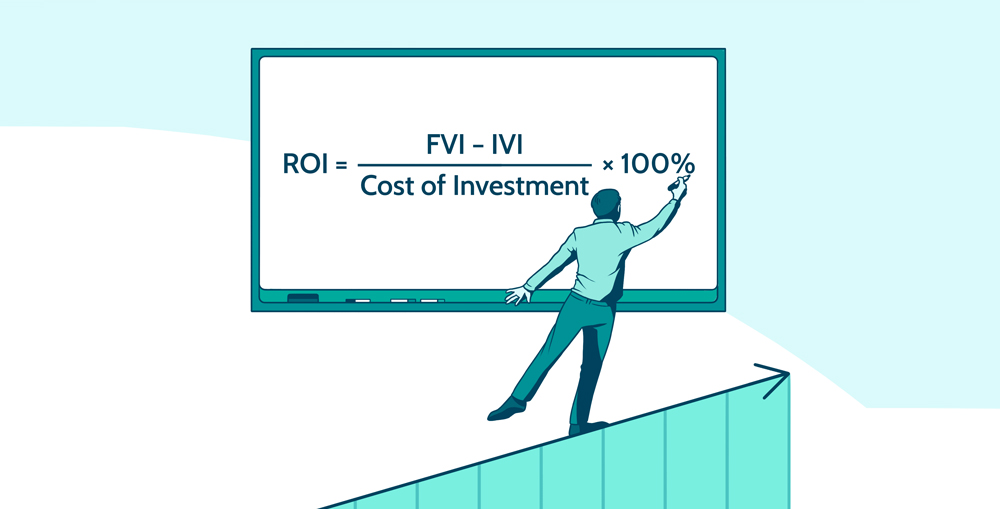In today’s dynamic market landscape where the competition is rising and the customer demands are rapidly changing, businesses need to leverage the full potential of whatever resources thay have in hand to gain competitive advantage and to achieve a steady growth. The UAE is a very diverse society, businesses operating in Dubai, Sharjah, Abu Dhabi and other regions of the country knows that very well.
Hence hiring a diverse team is common, however, business leaders and HR often doesn’t realize that recruiting people from multiple cultural and technical background is not enough, in fact in order to leverage the full potential and all skills of their multi-cultural and diverse workforce, businesses must have to integrate this to the very core of their performance management process.
When the performance management process will be optimized to manage diverse workforces, everyone will feel valued. Employees who feel valued tend to perform well and it this also help reducing the employee turnover. Performance management is a systematic approach involving processes, strategies, and analysis which ensures every employee perform well, their progress is measured towards their goals and their goals are weigh as per their contribution in the high-level organizational goals and strategic objectives.
For that businesses use a digital performance management system which provides a comprehensive framework to streamline performance management processes. In this blog we will discuss how a customized performance management system can transform your performance management process for your diverse workforce.

Understanding the Digital Performance Management System
Before we discuss the importance of customizing a performance management system for diverse workforces, it is important to understand what is a modern digital performance management system? A modern day’s digital performance management system is a digital tool which provides a complete framework to ensure that employee’s performance is fully aligned with the organizational goals.
It also help unlocking the true potential of the workforce, and help forming cross-functional and high-performing teams which lead to operational excellence. The performance management system majorly includes planning, goals setting, performance monitoring, evaluations, development and acknowledgement process.
See Also: How to Design a Modern Performance Management System?
Here are the key components of a digital performance management system:
- Goal Setting: Setting up clear and realistic goals for employees, teams and different business functions which are aligned with the high-level organizational goals and strategic objectives. Modern performance management systems often utilize SMART Goals framework.
- Continuous Feedback: Cultivating a culture of continuous feedback where employees are evaluated periodically, given coaching, and their goals are aligned with organizational goals. This help identifying areas of improvement, setting up plans and acknowledging the achievements.
- Periodic Evaluation: Annual reviews are not as that effective anymore. Modern performance management systems include periodic evaluation and assessment to measure employee progress towards pre-set goals and established performance benchmarks.
- Aligning with Organizational Goals: One of the most crucial function of a digital performance management system is that it helps aligning the individual and teams’ goals with the high-level strategic goals and objectives of the organization to boost productivity.
- Employee Engagements: A digital performance management system provides a systematic approach to integrate employees in important performance management tasks, fostering a culture of collaboration, accountability and engagement.
- Employee Development: Performance management system helps HR and manager to create and provide right opportunities to the employees to enhance their skills and to elevate their potential through regular training, coaching, and mentoring and technical development programs.
- Recognition and Rewards: Recognizing high-performer and acknowledging their contribution by offering incentives, bonuses, promotions or other form of benefits. This will help raising their loyalty and it will also boost the morale of the entire team.
- Performance Improvement: There should be a framework to improve the performance of those employees who failed to achieve their goals. The digital performance management system offers tools to setup and modify goals, take actions, set timelines for the improvements.
- Statistical and Analytical Data Tools: The managers can utilize in-built data capturing and analytical tools to understand performance patterns, trends and identify the areas of improvement to make informed decisions.
- Continuous Enhancement: A digital performance management system provides integrated tools which help businesses continuously evaluate their performance management strategy and make enhancements to ensure higher impact and efficiency.
See Also: The Impact of Performance Management on Organizational Culture
A digital performance management system is a very powerful and effective strategic tool that can help businesses and organizations to continuously improve their performance, productivity and profitability by fostering a highly engaging organizational culture where employees feel connected, empowered and are provided with suitable opportunities to enhance their technical and behavioral competencies.
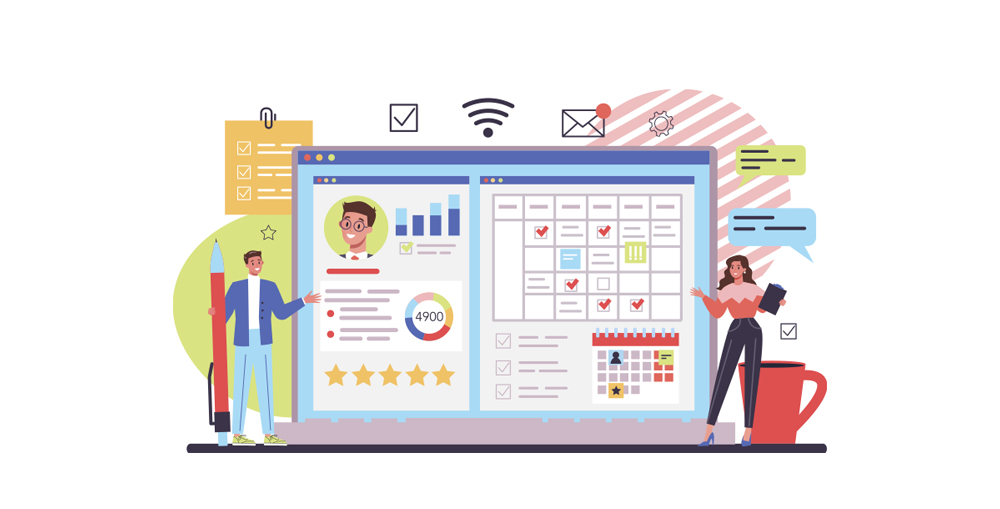
How Businesses can customize the Performance Management System for Diverse Workforce?
Businesses in Dubai, Sharjah, Abu Dhabi and all around the UAE are facing bigger challenges with managing diverse workforce. When it comes to workforce diversity, there are several factors that should be considered, for example, here in UAE a large population of expats is living, the government itself is encouraging to diversify workforce to have an inclusive culture. People coming from different backgrounds, countries, cultures and ethnicities, furthermore we also have generational difference too.
The new workforce who belongs to Gen Z. is more tech savvy, have different customs and expectations, the people from Millennial and Generation X have different customs and expectations. When an organization is hiring they need different level to experience, qualifications, and in today’s modern world, the technology also plays a crucial role, hence an organization has to diversify their workforce, which is a great and very positive thing, it helps building strong and productive culture.
See Also: What are the Features of a Best Performance Management System?
Why Customizing Performance Management System is Important?
A one-size-fits-all approach to performance management overlooked the unique strengths, challenges, and contribution made by an individual in a diverse workforce. Customizing performance management system will help businesses enhance their capabilities to collect and analyze contextual performance data with superior efficiency and efficacy. A performance management system that doesn’t include cultural factors tend to be ineffective or in some cases it could hinder and harm the performance of the organization.
Cultural and behavioral understanding help managers understand how their certain actions and feedback could be perceived by the employees. This will influence the way how employee interpret goals and objectives, and how they would interact in a team. Understanding all these factors is extremely important in order to ensure the employees remain fully aligned with the high-level strategic objectives while participating effectively in their team goals and also perform well for their individual goals.
See Also: 5 Performance Management Problems and How to Solve Them

Before Customization Identifying Key Performance Metrics is Crucial
Before customizing the performance management system it is extremely important to identify the key performance metrics. These key performance metrics should be aligned with the high-level organizational goals and objectives to ensure the entire workforce will progress towards achieving them. This will also help you defining the success incorporating the performance criteria for productivity, performance, quality of work, customer satisfaction, leadership, coaching and training, and professional development.
When clear and easy-to-understand criteria are established it is relatively easier to communicate goals, expectations and feedback. With a diverse workforce the biggest challenge is always with communication and feedback, when clear KPIs are set, the goals and objectives are easier to communicate and understand. Furthermore when the employees are given tools for self-evaluation they can easily understand feedback and are able to evaluate and assess their performance against their goals.
See Also: Performance Management System: Best Practices
Before Customization Identifying Key Performance Metrics is Crucial
Establishing Effective Communication Channels
The customization of a performance management system begins with establishing highly effective communication channels. Communication is a key to a successful implementation of a performance management system. The communication should be both understandable and quick. The organizations must build clear and easy-to-understand resources, guidelines and instructions which will help all groups of employee to understand the performance management system and evaluation processes along with the expectations of the performance management process. This will help connecting them and integrating them within the process.
Providing open, transparent and easy communication channels can greatly enhance communication and employee engagements. Every HR and business leader knows the importance of employee engagement, and the communication is a key to enhance engagements. This will help employee to take feedback, share their concerns openly, and it will help managers building trust which boost the impact of the performance management system in a diverse workforce.
See Also: How Performance Management Impact on Organization’s Culture?

Providing Continuous Feedback and Coaching to Build Trust
The diverse workforce doesn’t mean management difficulties, but it means there could be many complementary and unexplored sets of skills and strengths in every employee of the workforce. The HR and business leader have to explore those skills to leverage them to boost their employee’s potential. A digital performance management system typically offers continuous feedback and review framework which is essential for understanding the hidden strengths and also the areas of improvements.
This will help managers unlocking the true potential of the employees while discouraging stereotyping and any type of bias. A perfectly designed performance management system provides transparency and fairness which help gaining employee’s trust. When the differentiation of class, ethnicity, cultural background, and gender is neutralized, the employees feel more equal, important and valued. This raise their loyalty and encourage them to perform better.
See Also: Employee Performance Management Process with PMS

Culturally Sensitive Feedback and Communication Tone
Throughout the performance management processes there could be various interactions and reviews along with constant communication and feedback between the managers and the employees. It is extremely important to drive methods and way to include cultural sensitivity in all communications. A certain word or wording could be acceptable by one culture and could be disrespectful or considered blunt by another. Hence all feedbacks and communications are revamped to make them more culturally sensitive.
This also doesn’t mean that you should dilute your message, but it means conveying the right message in right tone which is both understandable and acceptable by the recipient. Businesses must have to train their HR and managers to enhance their cross-cultural competencies to ensure higher employee satisfactions. For example, in some cultures directness is appreciated and in some it is considered somewhat rudeness, hence a well-trained manager could ensure all employees are happy and satisfied while the message is conveyed effectively.
See Also: What is Continuous Performance Management? Complete Guide!

Customized Performance Reviews and Contextual Data
Most of the performance management systems have a standard employee feedback reviews mechanisms, totally disregarding any aspect of cultural background, individual challenges, and contextual data. Flexibility is a key when you are customizing performance management system for a diverse workforce. A digital performance management system is exceptional at offering such flexibilities and customizations. It is also important to include employee feedback and consider it too.
Regular and continuous feedback is a great tool to establish a strong relationship with diverse workforce, this will give your employees a chance to share their opinion, concerns and feedback. Regular interactions also help building a productive and positive environment which boost morale and encourage employees to seek solutions of their challenges. Because with diverse workforce, every employee also comes with their set of roadblocks and challenges. A flexible performance management system can help dealing with all these aspects of performance management.
See Also: Why Custom Performance Management System is more Effective?
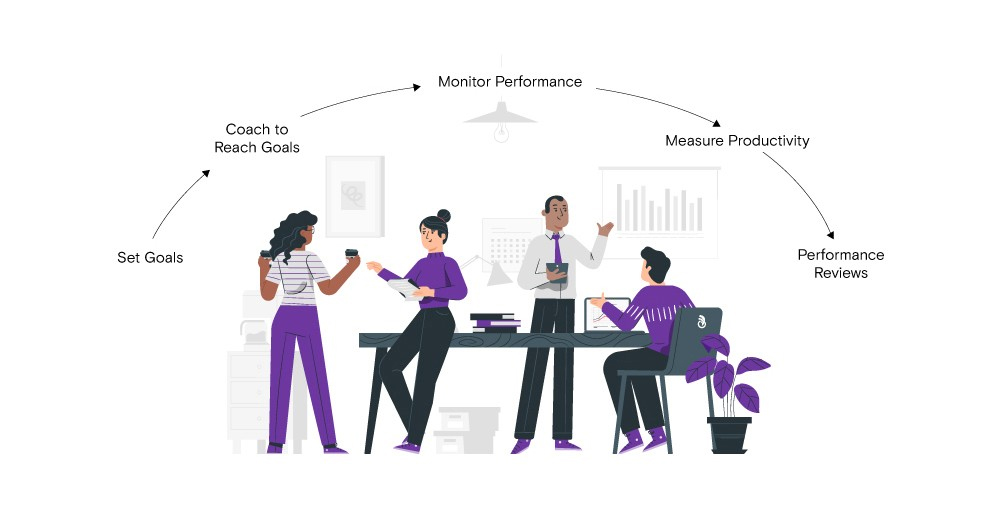
Conclusion
UAE is a country where diversity is celebrated on an unparalleled scale to any other nation, the large population of the country is based on expats coming from all around the world. In such a dynamic marketplace where any business could have employees coming from a lot many different ethnic and cultural background, the customization of the performance management system is not something that is trendy, but it is something that is an absolute necessity. A tailor-made performance management system designed to account for versatile backgrounds, cultures, religions, ethnicities and age groups could be a game changer for a business.
Businesses can unlock the true potential of their employees by embracing their uniqueness, exploring their unique sets of strengths and dealing with their exclusive problems and challenges. A performance management system customized for a diverse workforce ensures every employee feel empowered, valued and engaged within the process which led to higher performance and better communication between the managers and the employees.
See Also: Choosing a Performance Management System A Buyer’s Guide
In a multi-cultural UAE landscape businesses embrace diversity, it help fostering unique skills and a competent workforce. HR and business leaders always struggle with managing performance that is because of the lack of understanding and focus on diversity and managing a diverse workforce. A digital performance management system customized for your tailored business needs can greatly enhance productivity and operational efficiency which is a key to higher profitability and long term success.
In this blog we have discussed various crucial aspects of customizing performance management system for diverse workforces, if you want to learn more about the subject or if you want our help to implement a culturally sensitive digital performance management system for your diverse workforce, please feel free to contact us through our Contact Us page or leave a comment in the comment box below and we will get in touch with you soon.
See Also: 5 Challenges in implementing Performance Management System











